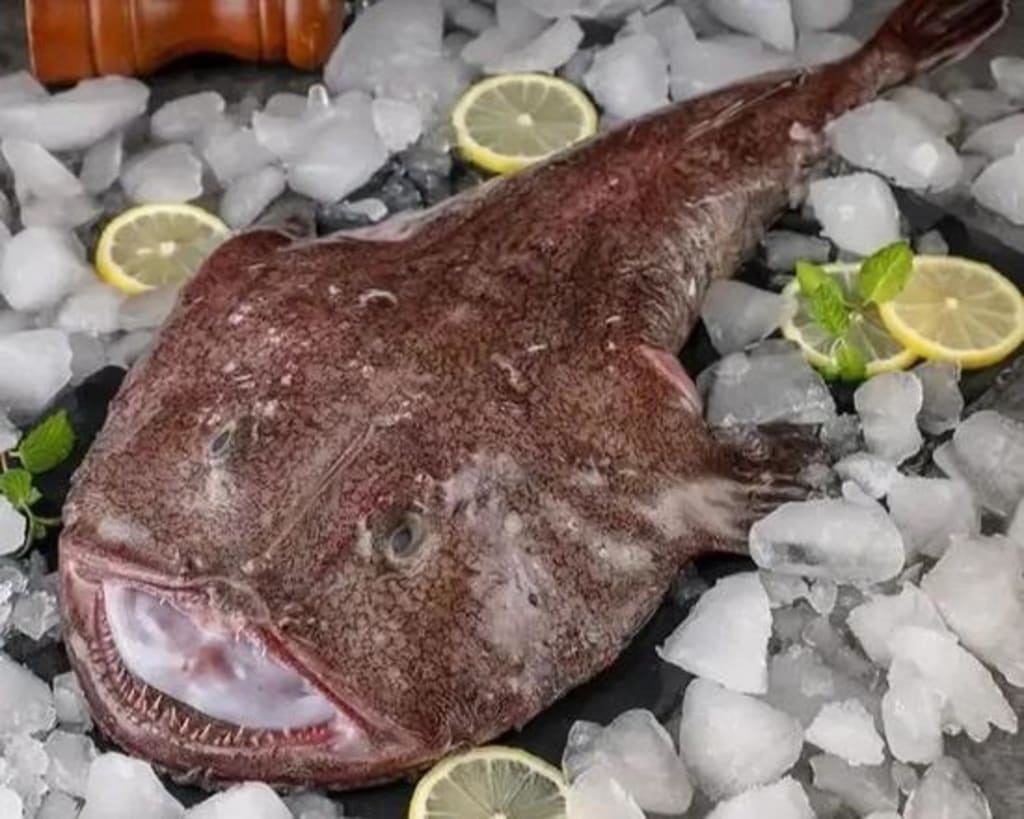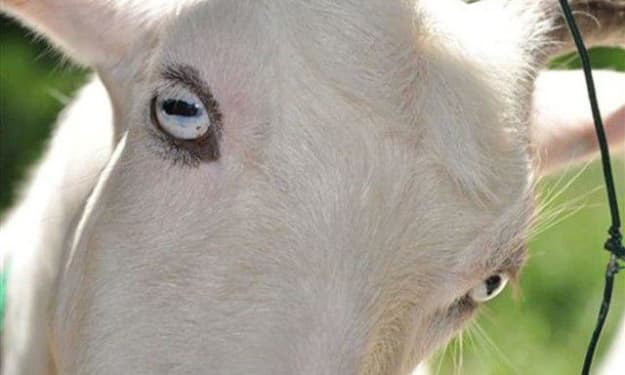
In the offshore waters, the seawater depth is generally less than 200 meters, but after leaving the shelf waters, the ocean quickly becomes very deep. The average depth of the earth's oceans is 3,682 meters, and the deepest point can reach tens of thousands of meters. Although not all sea areas have a depth of tens of thousands of meters, sea areas with a depth of more than 1,000 meters account for 90% of the entire ocean area.
We can summit Mount Everest as high as more than 8,000 meters, and we can also reach polar regions such as the North and South Pole, but few people can go deep into the ocean. Not to mention diving into the depths of 10,000 meters, it is very difficult to dive into a few hundred meters, so it is very difficult to detect the ocean. This is because the temperature in the depths of the ocean is very low, and the sunlight cannot reach the depths of the ocean, so the bottom of the ocean is almost a world without light. There is also a feature in the deep sea, that is, the pressure is very high. As the depth continues to increase, the pressure will continue to increase, and the pressure will double for every 10 meters. The pressure on the seabed at a depth of 10,000 meters is equivalent to 1,000 atmospheres, which is equivalent to putting 1 ton of objects on our fingernails. It is conceivable how much this pressure is.
In such an environment, it is difficult for us humans to dive deep into the ocean for a long time. Although it is a "forbidden zone" for our human beings, there are various marine creatures living in the deep sea, and they have very unique structures. For example, they need to have a unique structure to resist the pressure in the depths of the ocean and avoid being crushed by the pressure. In order to survive in the cold deep sea, some fish even produce some glycoproteins that function as "antifreeze" in their blood.
Although these marine organisms can adapt to the environment in the deep sea, the harsh environment in the deep sea will still affect their survival and reproduction. For example, one problem facing marine life in the deep sea is food shortages. Photosynthesis cannot be carried out normally on the seabed, so their food source is mainly the organic matter produced by photosynthesis on the sea surface. These organic matter reach the deep sea after subsidence, and many organic matter will be gradually consumed and decomposed during the subsidence process, so The survival of marine life in the deep sea is actually facing great challenges. So the scale of marine life in the deep sea may not be that large.
It is precisely because of the difficulty of survival that their reproduction also faces various problems. Some deep-sea creatures will evolve their own hermaphrodites, and their own "one fish" can reproduce offspring. Hermaphroditic creatures are actually not uncommon, so we wouldn't be particularly surprised that there are hermaphroditic creatures in the deep sea. In addition to hermaphroditism, there are some fish in the deep sea that have evolved excellent reproductive strategies and directly "eat soft rice". What's going on here?
Angler
The fish that "eats soft rice" is the angler, which is a kind of deep-sea fish with a very peculiar shape. Their heads are very large and flat, and their wide mouths are also flat. The edge of the mouth also has a row of pointed Teeth inside, and their two eyes are on the back of the head. Above their heads there is also a fleshy protrusion that resembles a small lantern. This fleshy protrusion contains glandular cells that secrete luciferin, which react with oxygen under the catalysis of luciferase to emit light.
Earlier we mentioned that some fish in the deep sea will face the problem of food shortage, so as long as they encounter food, they will eat and drink. The food of anglerfish is generally "delivered to the door", because the small lantern-like protrusion on its head will emit light, and many fish in the deep sea have phototaxis, so it will attract some fish, and some small fish. will fall into the mouth of the anglerfish. Of course, this also has certain drawbacks, that is, the light will not only attract prey, but may also attract their natural enemies.
Although some natural enemies may also be attracted, these anglers have evolved strategies to deal with natural enemies, that is, they will quickly stuff the glowing "little lantern" into their mouths, so that the ocean will suddenly become It is extremely dark, and at this time, the angler will take the opportunity to escape, and their natural enemies cannot be seen in the dark deep sea.
Excellent breeding strategy
Their hunting and self-rescue strategies are really amazing. When the prey comes, they can't run away. When the natural enemy comes, they "turn off the lights" and slip away. In addition to this one strategy, anglerfish have also evolved excellent reproductive strategies. The angler is very special. The difference between male and female is very large. The female angler can grow to about 1.2 meters, while the male angler can only grow to 8-16 cm. It may be because the prey of the angler will be delivered to the door by the glowing "little lantern" on their head, so these anglers usually don't like activities and are very lazy, so the "small and exquisite" male angler is difficult to find in the vast deep sea. get a girlfriend.
In order to be able to find a girlfriend, these male anglers are also very hardworking, and the male angler that has just hatched will start looking for a partner. After they find a female angler, they may attach directly under the operculum of the female angler, or attach to the abdomen or the side of the female angler. In short, when they find a girlfriend, they will bite and stick to the female angler like a parasite On the body, gradually, the male angler will connect with the skin of the female angler, and finally it will be completely healed, and these male angler will directly become the "organ" of the mate.
At this time, except for the testis tissue, the other organs of the male angler will stop developing until they completely degenerate. The male angler is maintained by feeding on the blood of the female angler for the next half of his life, and their bonding process is also carried out through the venous blood circulation. Is the process of generating love crystals completely different from other creatures? This is the unique spousal relationship of the angler, eating soft rice to the extreme. Of course, if these male anglerfish don't find a girlfriend for a few months, they'll just starve to death.
About the Creator
Vicky
The world is so wonderful, let's get to know the world together!
Enjoyed the story? Support the Creator.
Subscribe for free to receive all their stories in your feed. You could also pledge your support or give them a one-off tip, letting them know you appreciate their work.






Comments
There are no comments for this story
Be the first to respond and start the conversation.